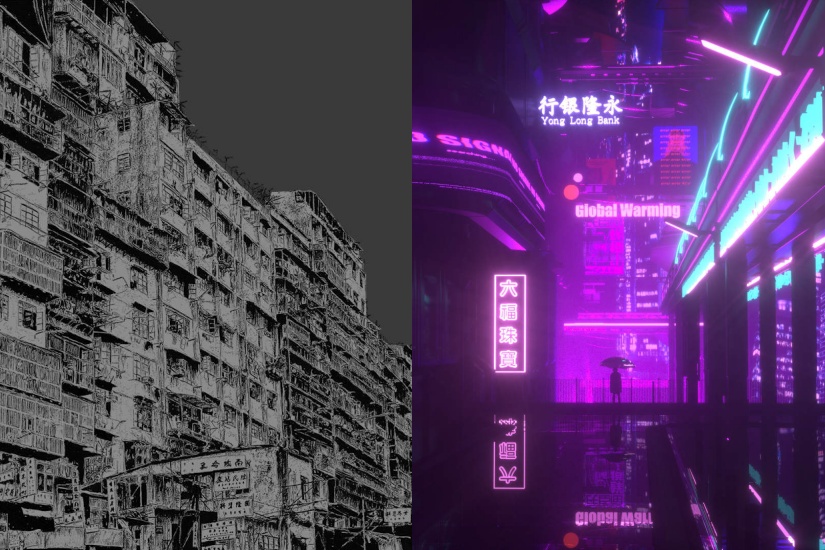“Twilight of the Warriors: Walled In”(Chinese: 《九龍城寨之圍城》) has been a hot topic since its release, sparking interest and nostalgia for the Kowloon Walled City: from its past to present, to the everyday stories of its residents, every aspect is being discussed. The box office success and reviews confirm the audience’s love for “Twilight of the Warriors: Walled In,” with the director and main actors even announcing the sequels “Dragon Head” and “Final Chapter” during a film festival in Cannes, turning “Twilight of the Warriors” into a trilogy, creating anticipation. Even the government has expressed plans to preserve some of the filming locations of the Hong Kong film “Twilight of the Warriors: Walled In” for tourists to visit and take photos.
Although the future is still unknown, looking back, besides Kowloon Walled City Park and the movie “City on Fire”, we have tried to start from the Walled City and explore the works and records related to “Kowloon Walled City” together!
1. Cyberpunk Style
When mentioning Kowloon Walled City, people always associate it with “Cyberpunk”.
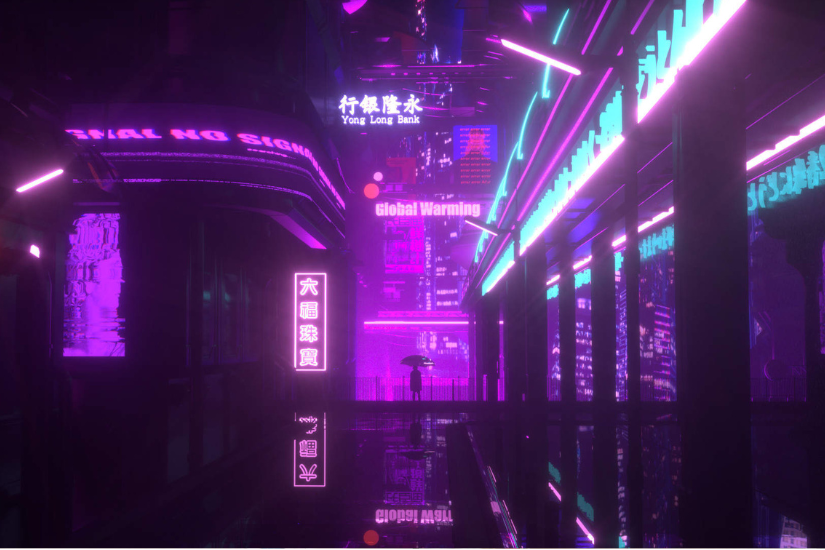
This term first appeared in the 1980s, belonging to an innovative combination of words – combining the meaning of “Cyber” with electronic components, the control theory of “cybernetics,” and the rebellious meaning of “Punk.” It is mostly based on the concept of the “Combination of Low life and High tech,” creating a strong contrast between advanced scientific technology and a decaying social structure. Cyberpunk draws elements from detective novels, film noir, and postmodernism, depicting the unknown side of society with a dystopian and pessimistic tone. Later on, Cyberpunk became a metaphor reflecting people’s concerns about large corporate entities, government corruption, or social alienation. The Kowloon Walled City at that time, being both a slum and having a unique ungoverned status, perfectly embodied these elements, showcasing liberalism within the dystopia.
Further reading:
- Afa Lee – Exploring Art City with Inner Child
- CELINE Winter 2024 Men’s Wear Parachutes into Desert Highway, Taking Audience into a Different Time and Space
- Yayoi Kusama is more than just pumpkins and polka dots! The pure abstract masterpiece “Infinity” makes its debut in Hong Kong, analyzing its rarity one by one
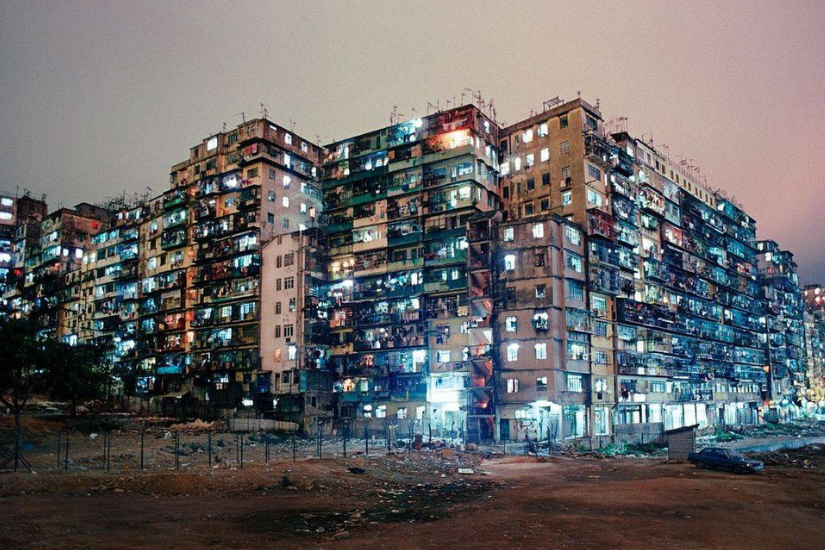
2. Movies
Locations | Scenes from the past
Although Kowloon Walled City has a “notorious” reputation, its mysterious and unique charm has become a sight in the eyes of many people, and has even appeared in many Hong Kong movies.
In the 1978 film “Long Arm of the Law,” which was filmed on location in Kowloon Walled City, and later in the 1984 film “Long Arm of the Law II,” the part of Kowloon Walled City was even more impressive. The story tells of a group of retired soldiers from the mainland who came to Hong Kong, commonly known as “big circle boys,” who robbed a jewelry store and fled to Kowloon Walled City, seeking medical treatment from an unlicensed Western doctor. In the end, a gun battle broke out in the narrow streets and alleys of the city! The scenes of Kowloon Walled City appear in the last twenty minutes of the film, shot in the city’s medical clinic and streets, becoming a precious historical segment.
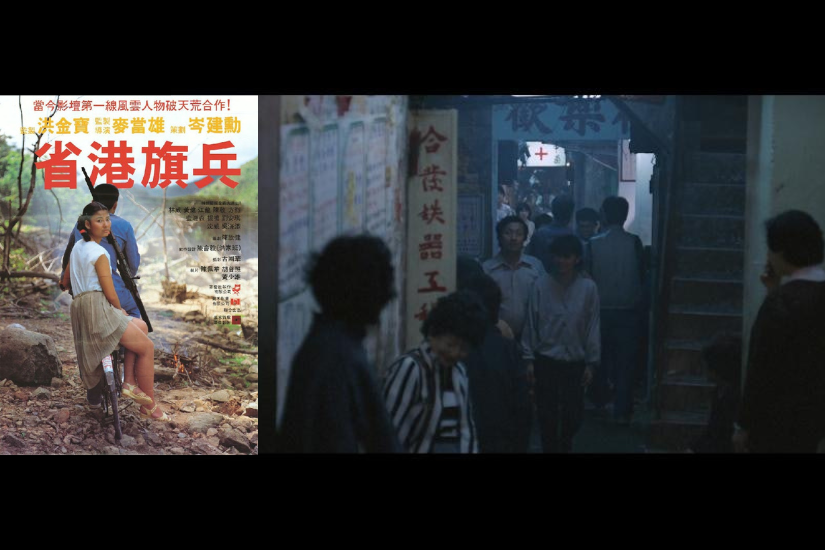
Later, there were also films directed by Wong Kar-wai such as “Days of Being Wild”, Hollywood film “Kickboxer”, starring Belgian actor Jean-Claude Van Damme, and “Echoes of the Rainbow” directed by Alex Law, all of which were filmed in the walled city. “Echoes of the Rainbow” was the first Hong Kong film to be entirely shot in the walled city, providing a comprehensive and thorough documentation of life and scenery within the city.
Before the demolition in the 1990s, the last film shot in the walled village was Jackie Chan’s “Crime Story”. However, after the demolition, the walled village has always been a representation and carrier of magic and reality, appearing in different films such as “October Siege”, the virtual background of “Kung Fu”, “Pacific Rim”, “Batman: The Mystery of the Bat” and “Doctor Strange”, adding to its mystical and apocalyptic atmosphere.
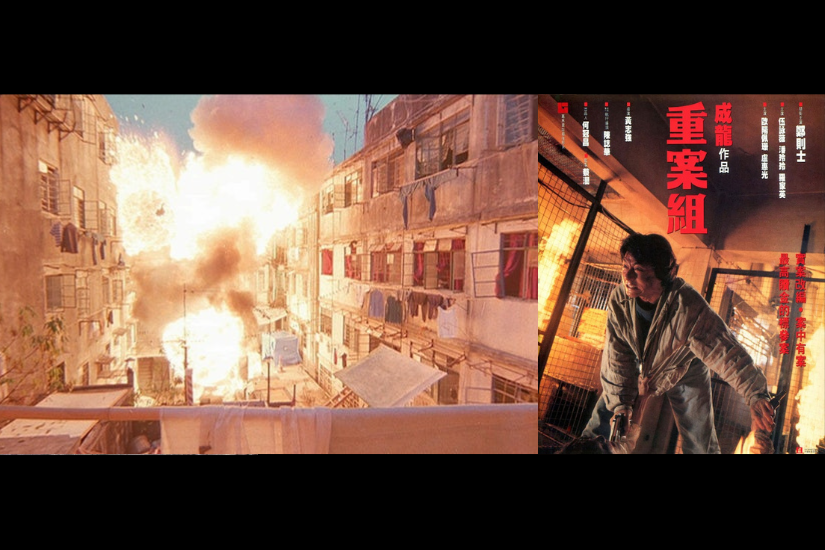
3. Photography Portfolio
Director Cheng Baorui recreated scenes, revealing that many of them were inspired by the book “City of Darkness.”
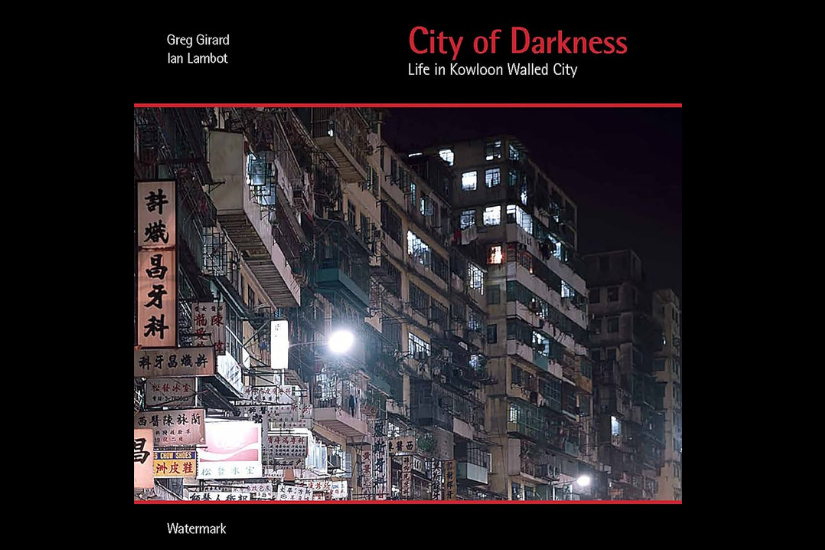
“City of Darkness: Life in Kowloon Walled City” is a book co-authored by Canadian photographer Greg Girard and British architect Ian Lambot in 1993. In 2015, it was also translated into Chinese as “黑暗之城:九龍城寨日與夜”, with the photos and text documenting important evidence of the history of the walled city.
More importantly, the two journalists who entered the walled city to take photos not only published a photo collection, but also held an exhibition to share with the public what they saw and heard in the walled city, becoming another form of documentation, allowing people to understand the ordinary side of life in Kowloon Walled City.
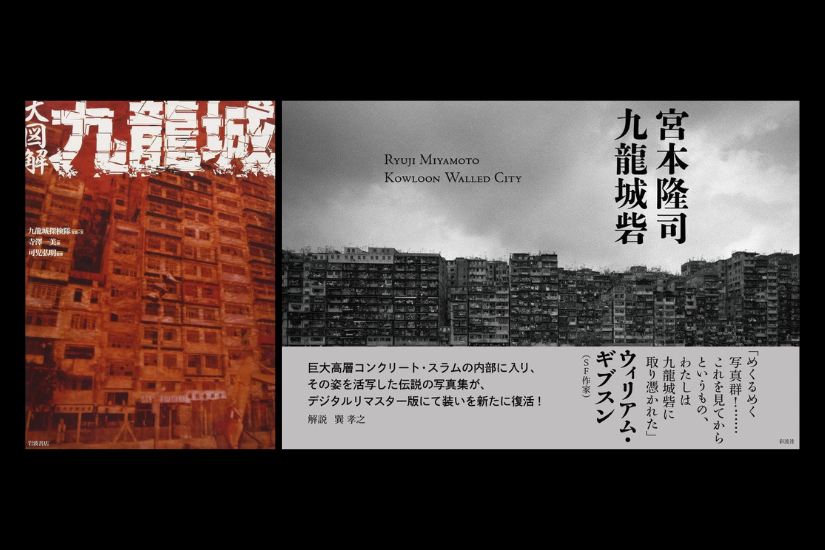
“Illustrated Kowloon City: Kowloon City Exploration Team Kowloon Walled City”, based on the survey conducted by the architectural team before demolition, re-presents the ultra-high-density space through a large cross-sectional panoramic view. It is the first large picture book to reveal the complete content, meticulously and systematically recording the floor structure inside the city fortress. One of the most famous works by Japanese photography master Takashi Homma, “Kowloon City Fort”, was published in 1988 and won the Kimura Ihei Photography Award. He spent six years deeply immersed in it for shooting and recording.
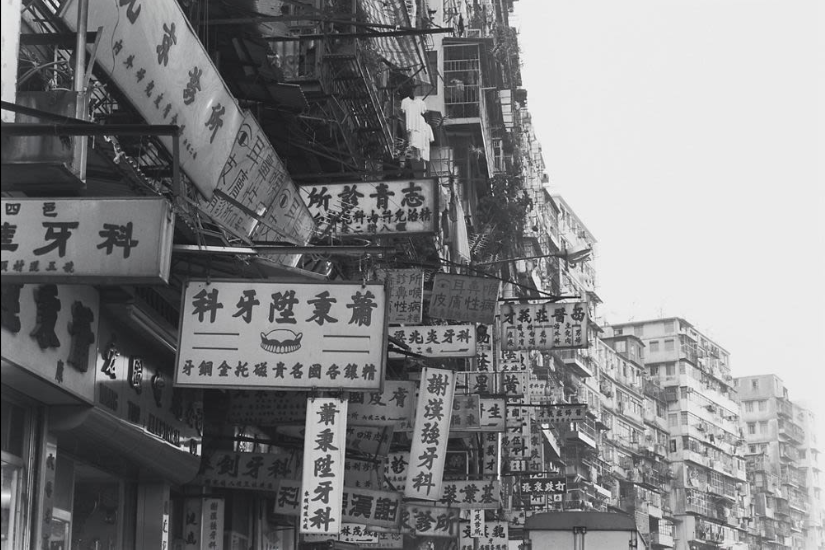
Scene after scene of visually stunning images bear witness to the legendary colors of the walled village, making it one of the rare cultural stories in the world, full of mysterious yet charming atmosphere.
4. Novel
As we all know, the movie “The Siege of Kowloon Walled City” originated from the original novel by Yu Er (Yu Wing-leung) titled “Kowloon Walled City”. This work, spanning 16 years, has also been transformed from literature to film and has broken the boundaries of textual imagination, enriching the portrayal of the world of Kowloon Walled City. However, if one seriously traces the origins, novels based on walled cities have been released as early as 2008. For example, in Hong Kong writer Qiao Jingfu’s detective novel “Mistaken Palace Building” (2008), a story is depicted about a dilapidated building resembling a maze in the center of the city, which is easy to associate with walled cities.
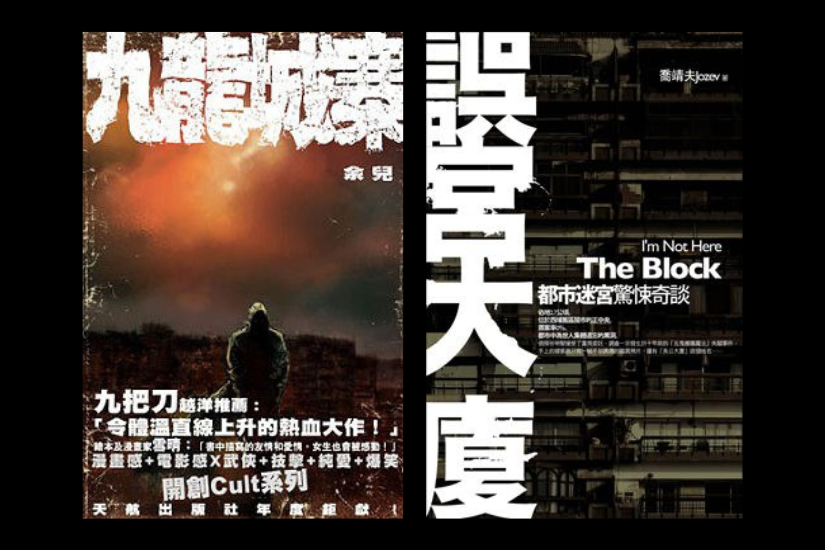
5. Comics and Picture Books
And of course, the creative elements are not limited to novels and movies, but the movie “Kowloon Walled City” is a cross-border collaboration with the original work and novel comics.
The comic “Kowloon Walled City” was illustrated by Hong Kong comic artist Situ Jianqiao, released in 2010, adapting Yu Er’s original story into a comic with a total of 32 issues, followed by the release of “Kowloon Walled City 2”. Those who have read the comic will know that the movie’s story has been altered, including changes to the background of the protagonist played by Raymond Lam, “Chen Luojun”, and the reasons for the conflict with the “Big Boss” played by Richie Ren.
Later, Yu Er collaborated with the cartoonist Pen So to publish the “Kowloon Walled City Scene Story Collection” with the story “The Great Romantic Escape“, which is a spin-off story based on Yu Er’s first novel. Within the 112 pages of the art collection, follow the protagonist Lan Nan as she revisits every place she and Huo Er had been to, along with the stories.
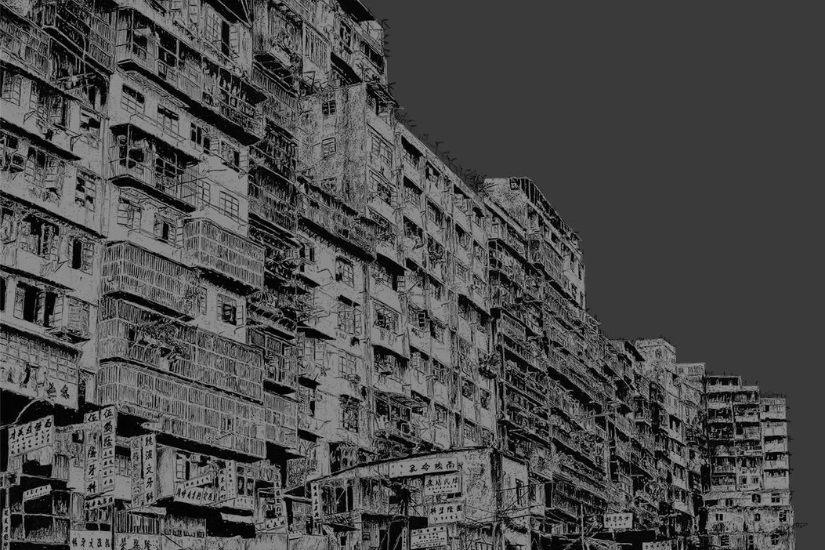
Pen So also created the theme song MV for it, and upon closer listening, one will notice that even the recording deliberately creates the setting of the protagonist Lan Nan inside Kowloon Walled City, allowing readers to interact and experience the combination of manga and music.
The creative elements and themes are so attractive that they have become more than just elements of a generation of Hong Kong comics. For example, in the famous Japanese mystery manga “The Kindaichi Case Files” in 2012, many cases in the story occur in relatively closed environments isolated from the outside world. Some cases are even related to local folklore, urban legends, ghost stories, or mysterious rumors. Therefore, in the 36th case of the manga, the walled village appeared in the “Hong Kong Kowloon Treasure Murder Case.” In 2019, Japanese female manga artist Meigetsu Tsubaki also used this as the theme to create a romance-oriented Japanese manga called “Kowloon Public Romance,” also known as “Kowloon Generic Romance,” depicting the lives of people living there.
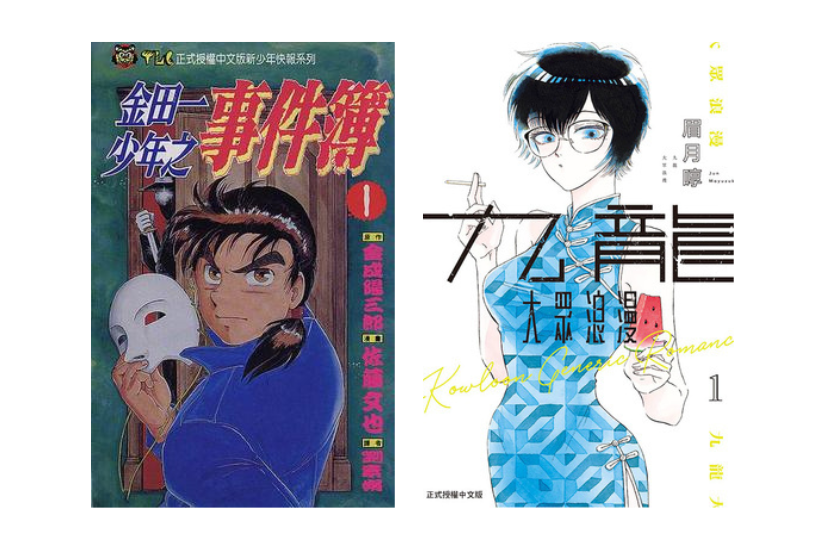
Outside of comics, there are also picture books related to the walled city, so many foreign artists are fascinated by this. They deliberately enter to experience and create, such as the 2021 release of “Drawing on the Inside: Kowloon Walled City 1985,” created by the then 22-year-old artist Fiona Hawthorne after spending three months inside the Kowloon Walled City. It reveals her sensitive and extraordinary artistic creations there, serving as a unique record of a place that no longer exists.
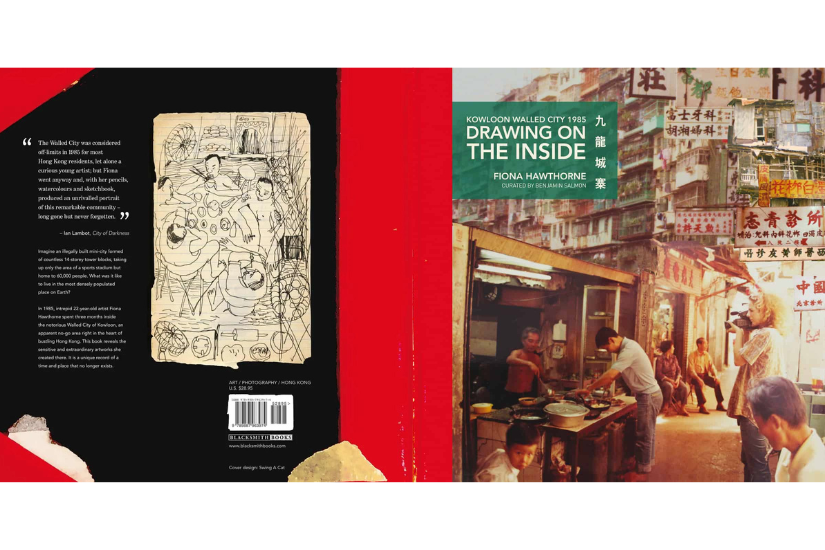
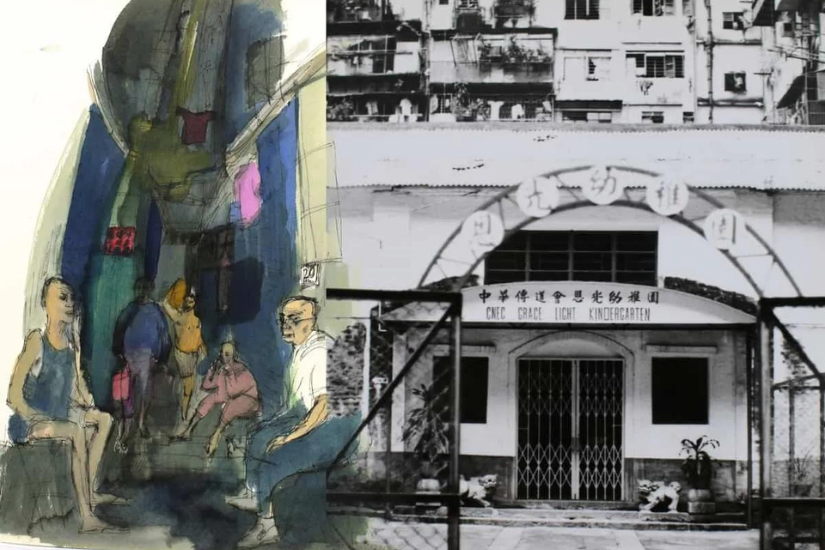
6. Game
When it comes to Kowloon Walled City, Japanese female manga artist Meigetsu Tsubaki once mentioned that she would use “Kowloon Walled City” as the theme. The inspiration came from a game she played during her high school years, “Kowloon Feng Shui Chronicles” (Japanese: クーロンズ・ゲート), which was her first introduction to and love for Kowloon Walled City.
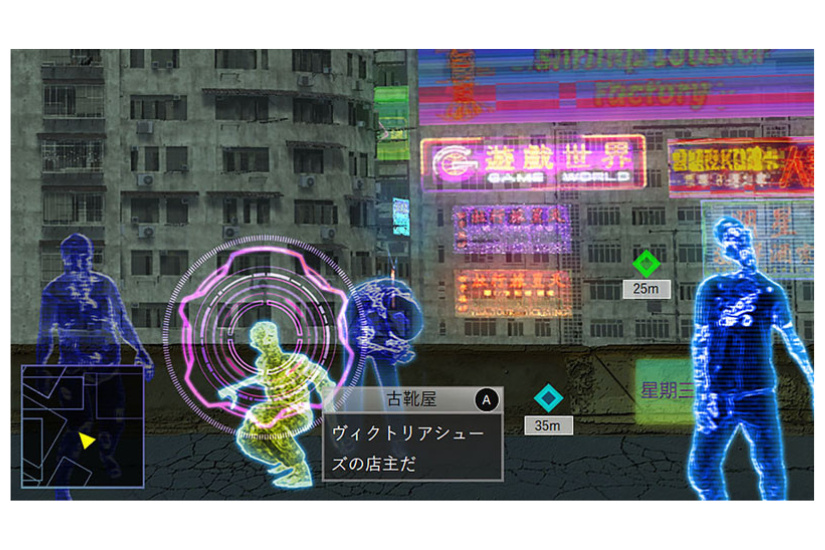
And the time and space background of this Japanese game “Kowloon Walled City Chronicles” is set in Hong Kong in 1997, where monsters from the “Yin World” can come to the human world through Kowloon City. The protagonist, as a super feng shui master of the highest feng shui conference in Hong Kong, embarks on a dangerous journey full of crises to maintain feng shui balance and prevent the world from collapsing.
There are also various games inspired by Kowloon Walled City, such as “Shenmue II” in 2001, “Call of Duty: Black Ops” in 2010 (where the protagonist Mason finds Dr. Clarke in Kowloon Walled City and begins to interrogate him), “Digimon Universe: App Monsters” in 2016 (the “Cyber Kowloon” in the seventh installment of the Digimon animated series is based on Kowloon City), “Mr. Pumpkin 2: Kowloon Walled City” in 2019, “Hong Kong Mystery” in 2020, and “Stray” in 2022. Hong Kong’s metaverse game studios have also developed related games, such as “Kowloon Walled City” a third-person action-adventure indie game released in 2022 on The Sandbox metaverse.
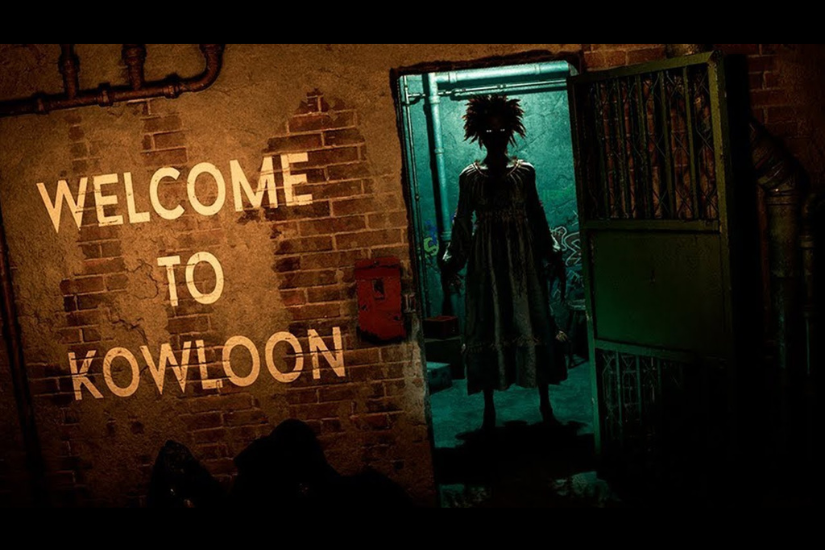
However, it is necessary to mention a game called “Welcome to Kowloon”, which has become the most oppressive horror game in the minds of netizens in 2023 after its release!
This first-person independent horror game allows players to take on the role of a poor student living in Kowloon Walled City. While the residents are warm and hospitable, delving deeper into the dark streets and alleys will reveal their unknown side. The game’s graphics are incredibly realistic, showcasing the colors of the Walled City corners in exquisite detail. The 3D sound effects further immerse players in the terrifying atmosphere of the game, sending shivers down their spines.
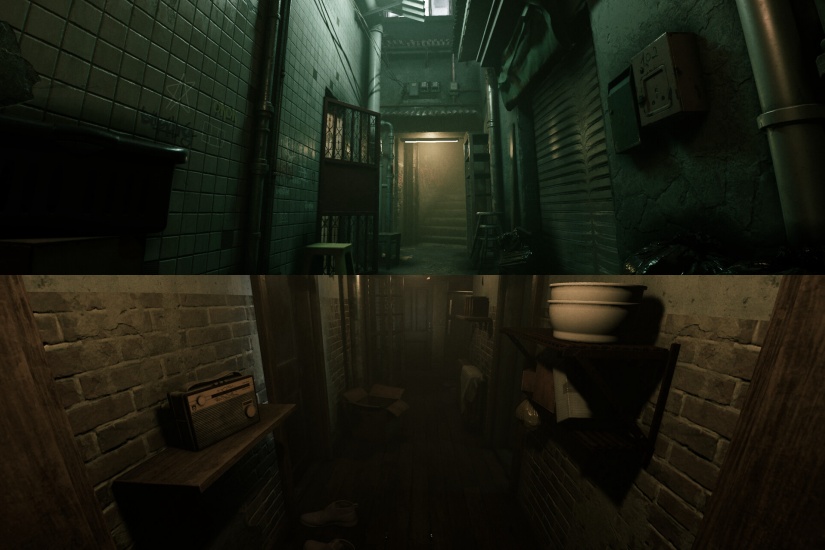
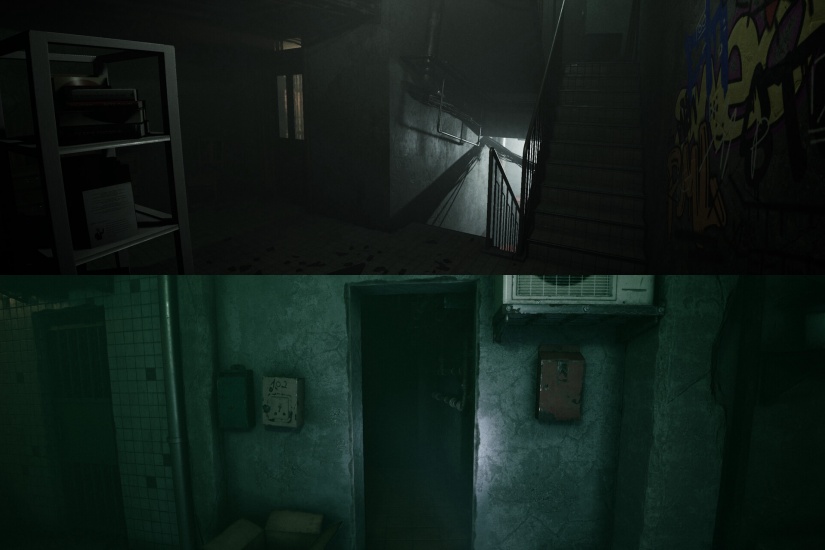
7. Japan’s “Kowloon Walled City” arcade center
Creation is mutual, and in Japan, Kowloon Walled City has become the theme and architectural reference for gaming centers. Although it closed in 2019, it attracted many visitors at the time, so to this day, people can still search online for photos and images of this distinctive building.
Kawasaki Warehouse is a game park that replicates the layout and atmosphere of Kowloon Walled City, from the exterior to the interior of the building: walking through creaking doors into dim, dirty alleyways, it fully recreates the atmosphere of Kowloon Walled City – dirty, with no natural light and chaotic. The two-story space is filled with items that are characteristic of Hong Kong.
Although the walled village no longer exists, the charm of the walled village has indeed become a classic in many people’s hearts. Every creator, every work takes you to feel and understand the walled village in a different way.
And have you come into contact with any works related to urban villages?

